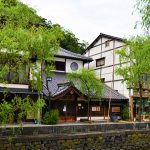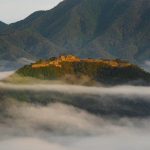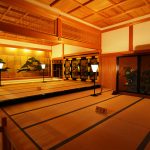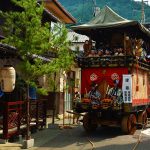Kinosaki Onsen
Kinosaki Onsen
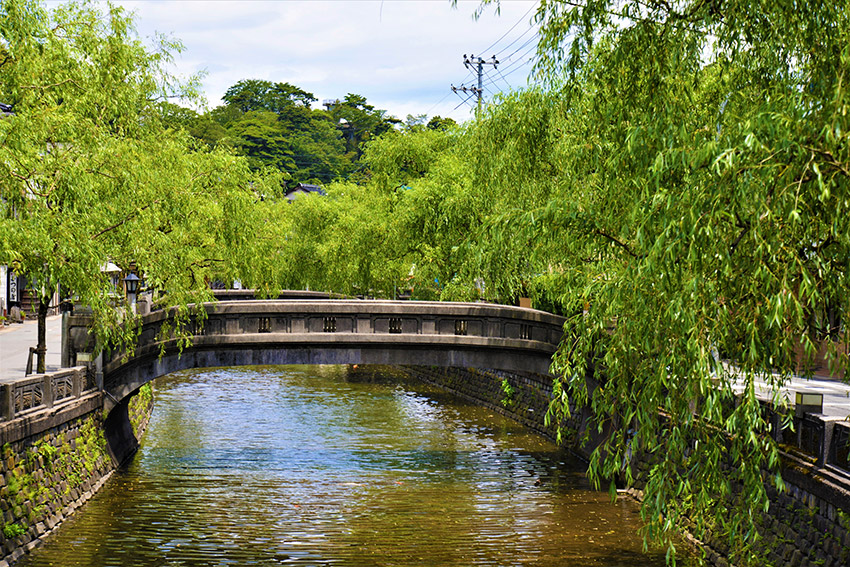
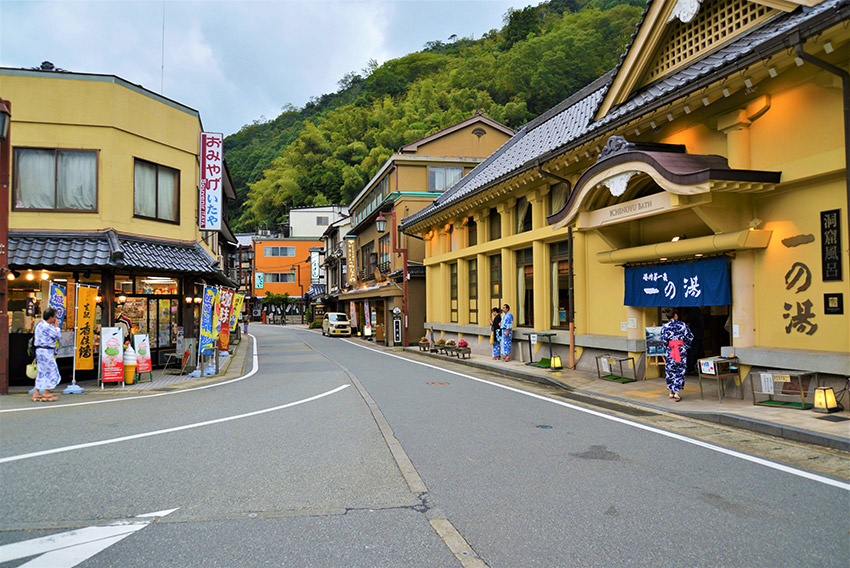
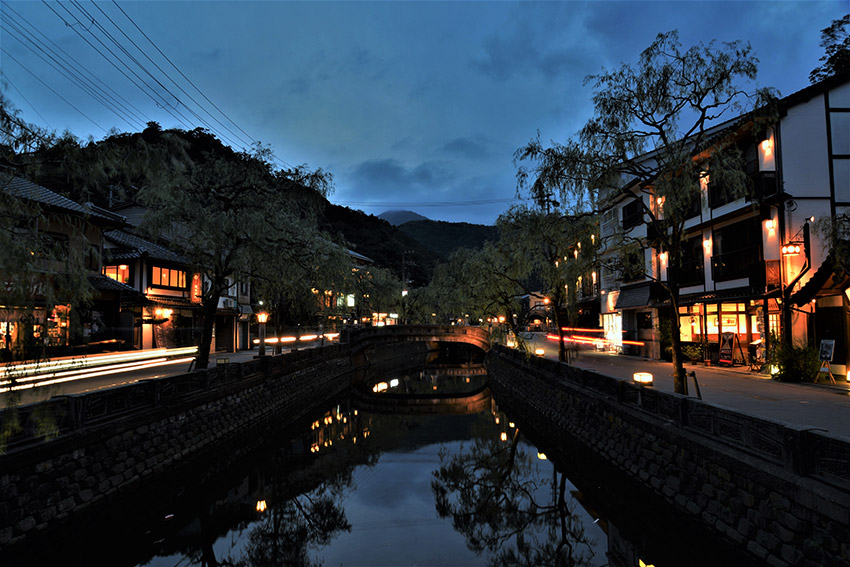
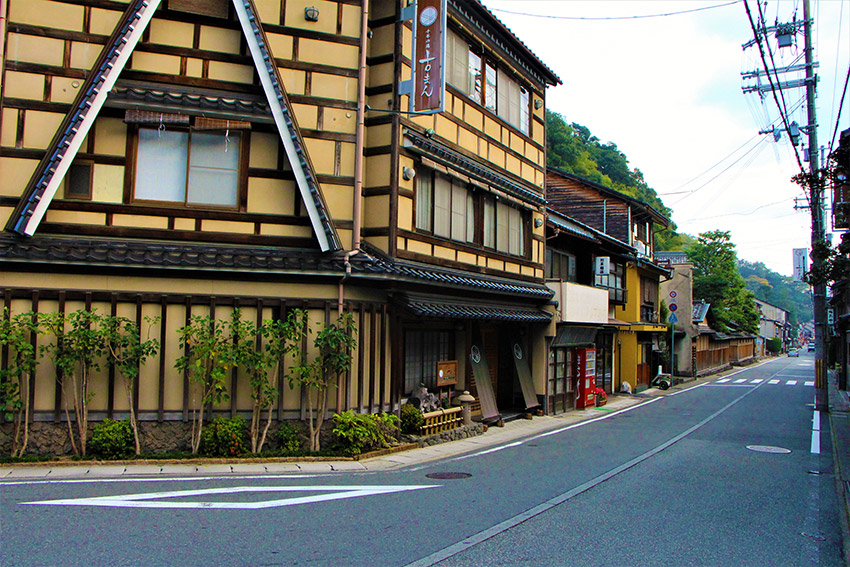
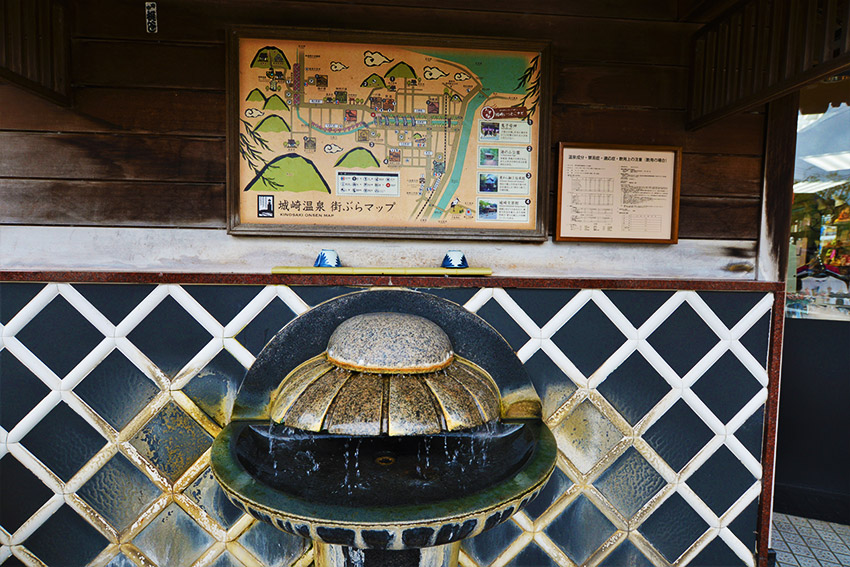
Kinosaki Onsen which has a 1300-year history has been the famous onsen spot since Heian period.
There are seven public onsen bath houses on the hot spring street located across Otani river. The scenery of here is also very characteristic. Willow trees with stone bridge and town scape, and its atmosphere are very nice.
Everyone, Please pay special attention before bathing. Everyone has a different degree of tolerance for hot springs. If you feel more than you can endure the heat, it is better not to bathe barely.
Transportation:
JR Kansai Wide Rail Pass applies to a direct limited express between Kyoto/Osaka and Kinosaki onsen.
The Seven Hot Springs of Kinosaki
Visit public bath
The most important thing to do at the “Top Hot Spring in Japan” is of course having a soak at the hot springs. During the week, the seven springs will rotate their closing schedule. If you want to visit all seven hot springs, be sure to visit during the weekend. The appearance and the schedule to the hot springs are as follows:
If you would like to visit more than 2 onsens, 1Day pass is recommended.
| Name | Fare | Opening hours | Closed |
|---|---|---|---|
| Ichino-yu | 700yen | 7:00am-11:00pm | Wednesday |
| Goshono-yu | 700yen | 7:00am-11:00pm | Thursday |
| Kouno-yu | 700yen | 7:00am-11:00pm | Tuesday |
| Jizo-yu | 700yen | 7:00am-11:00pm | Friday |
| Satono-yu | 800yen | 1:00pm-9:00pm | Monday |
| Yanagi-yu | 700yen | 3:00pm-11:00pm | Thursday |
| Mandara-yu | 700yen | 3:00pm-11:00pm | Wednesday |
Ichino-yu
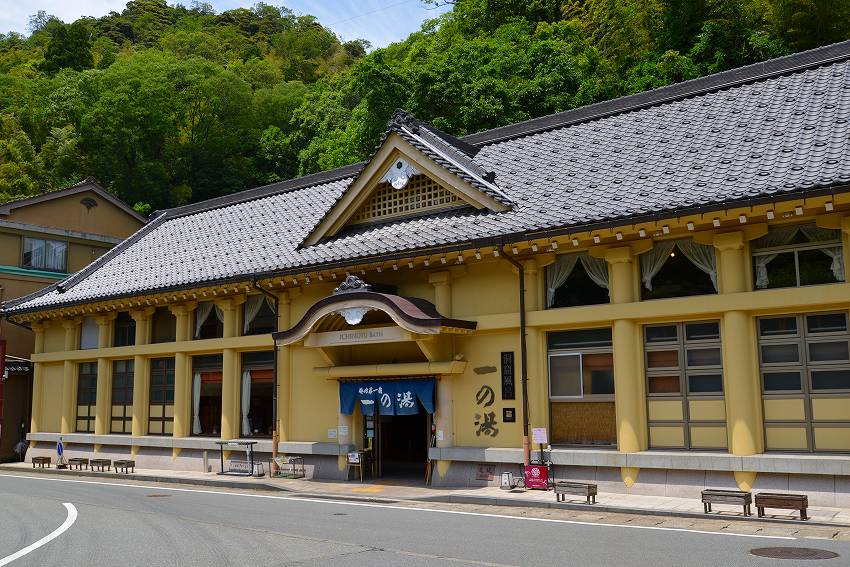

Likely the most popular of all seven hot springs of Kinosaki, visitors will be greeted by its majestic Karahafu style gateway at the entrance. On the inside, a cave-like hot spring built from natural rocks awaits. Since the Selected Medical Works written by Shu Kagawa, a physician who practiced Traditional Chinese Medicine in the mid-Edo period, the waters of Ichino-yu have been rated as top quality. On the side of a small pagoda next to the Ichino-yu, one will find a stone tablet denoting the words “The Top Hot Spring in Japan”. This is the most iconic hot springs in Kinosaki Onsen.
Goshono-yu

Same as Ichino-yu, this is one of the more popular hot springs in Kinosaki Onsen. It is built by drawing inspirations from the Kyoto Imperial Palace. A large indoor hot spring with a glass roof connects to an outdoor waterfall hot spring and is very spacious. It is for such that this hot spring was named Goshono-yu, or the Royal hot spring.
Kouno-yu
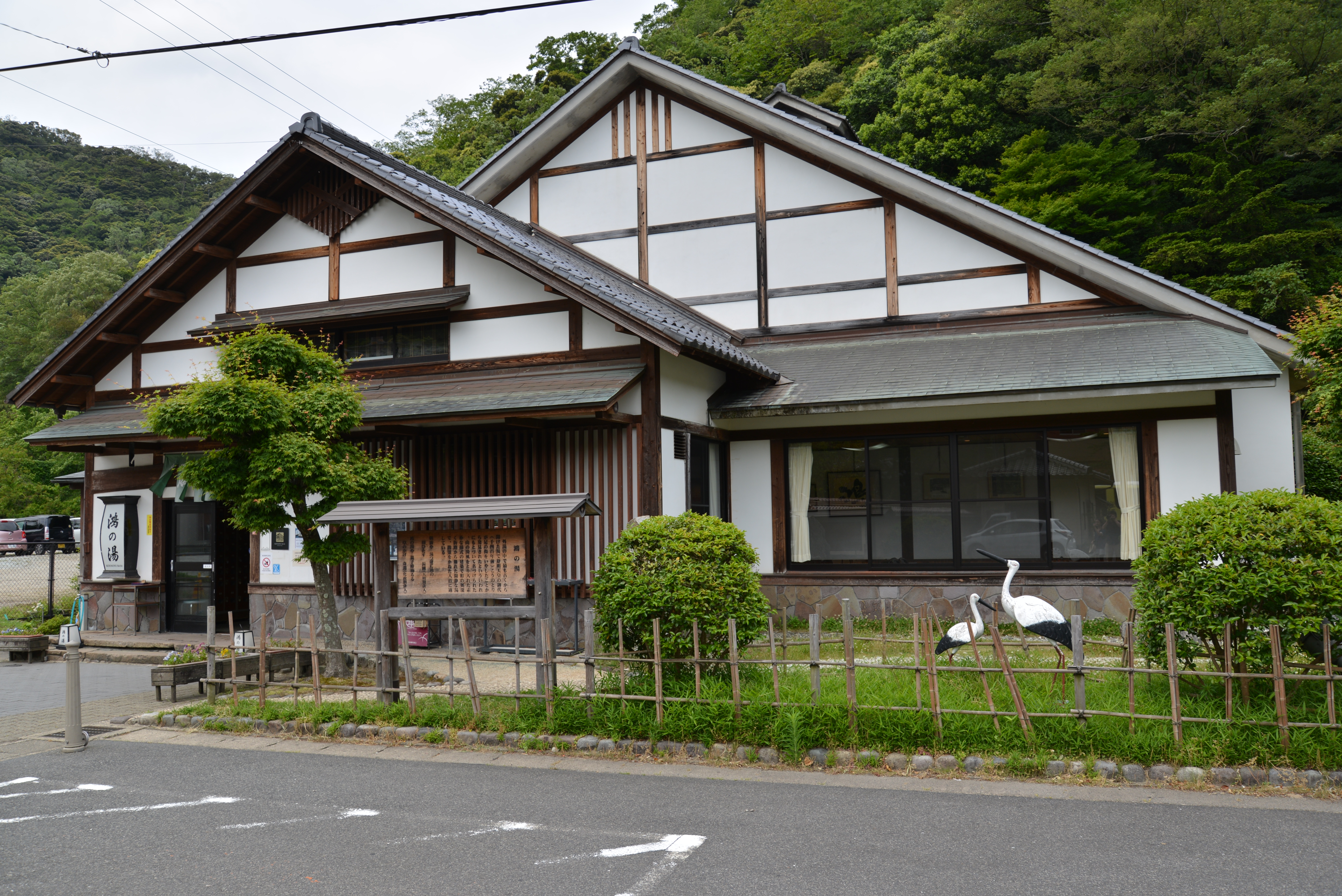
Popular legends recall its namesake, Konotori, having bathed in this hot spring to heal his wounds, leading to the finding of an actual hot spring source here. As such, this particular hot spring is named after this historic personality. At the entrance you will find a bronze statue of Konotori. This hot spring is the farthest away from the train station but is likewise the most calm and quiet. The outdoor hot spring is embellished with a down-to-earth courtyard, making visitors feel like they are in a hot spring in the middle of the mountains.
Mandara-yu
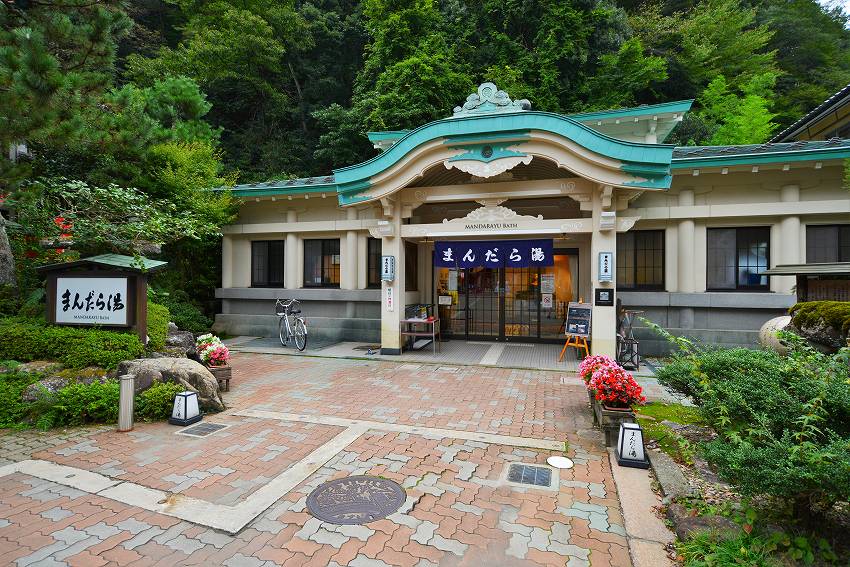
Legends maintain that the monk Dochi Shonin, founder of Onsen-ji temple, prayed for a thousand days and water burst out to form a hot spring. This is also the most ancient hot spring site within Kinosaki Onsen, although it is one of the smaller hot springs among the seven. Mandara-yu only opens for business starting at 3 pm. Visitors taking a one-day trip to Kinosaki Onsen Town might attempt to take the spot of the first to be entering the hot spring.
Yanagi-yu
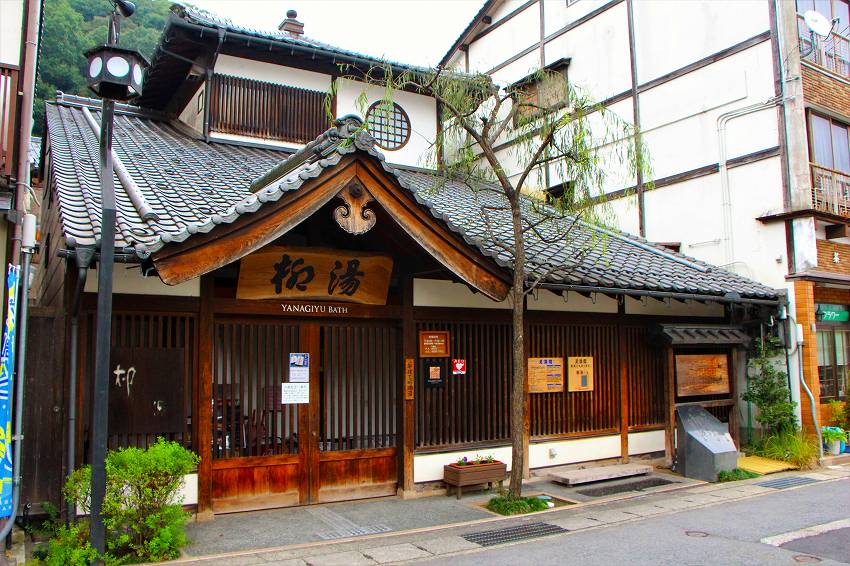
Willow trees from Xihu (West Lake) in China have been brought and planted here. Beneath the trees, hot waters rush out and become the Yanagi-yu. This location is known for the cypress fragrance indoors. As the hot spring is located indoors, the temperature here is the highest of all seven. Be sure to test the temperature before you step in; do not force yourself to bathe in this hot spring.
Jizou-yu
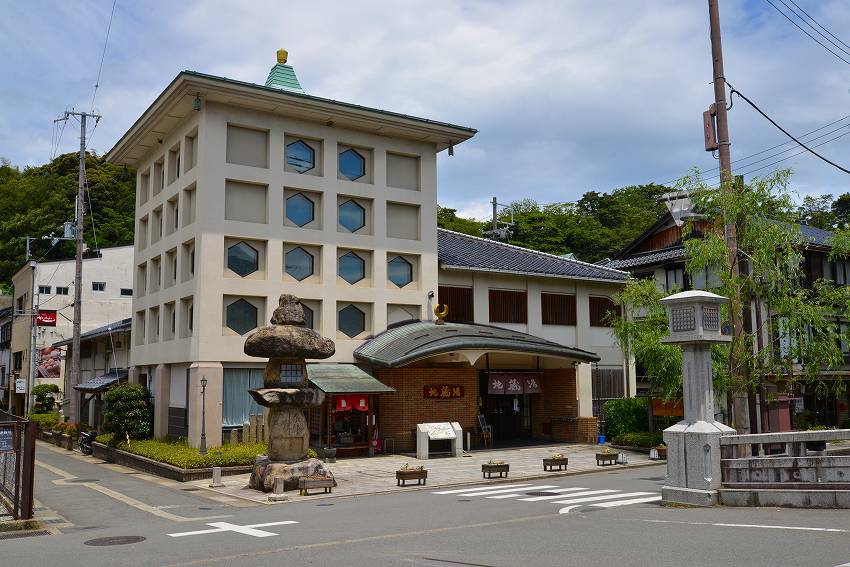
At its entrance you will find a large stone carving of a lantern. The appearance of the building is also built with elements of the lantern, and its hexagonal windows are representative of the basalt formation. This is the most modern facility of all seven hot springs.
Satono-yu
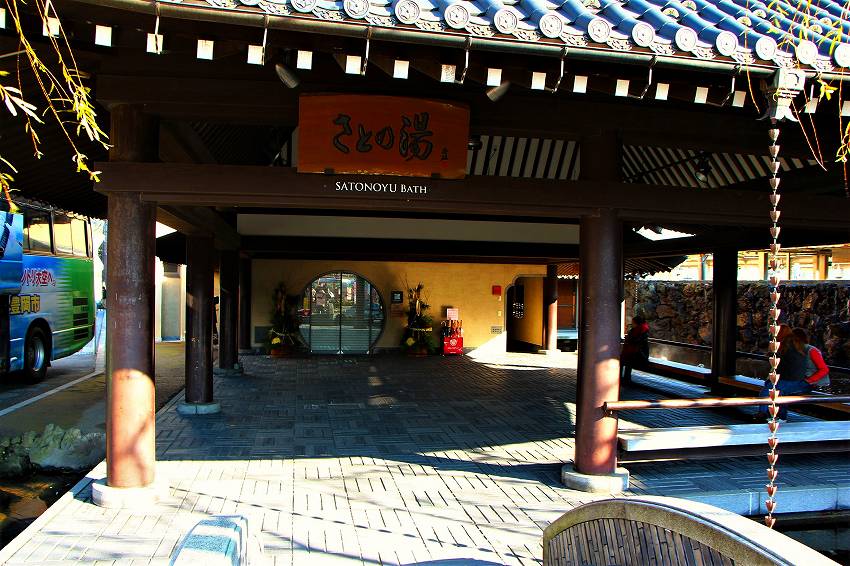
Located right on the left side of the exit of Kinosaki Onsen JR train station, this building appears old from the outside but was actually built in 2001. Its internal facilities and bathing spots are all highly modern. The large onsen offers a Japanese and a Western experience, with the male and female restricted areas switching between the Japanese and Western facilities on a daily basis. At the top of the building there is an outdoor hot spring that offers a spectacular panoramic view. On the ground floor near the entrance, an onset offers free foot soaks. Soak your feet and relax here as you wait for your train!
Yakushi Park Pocket Park
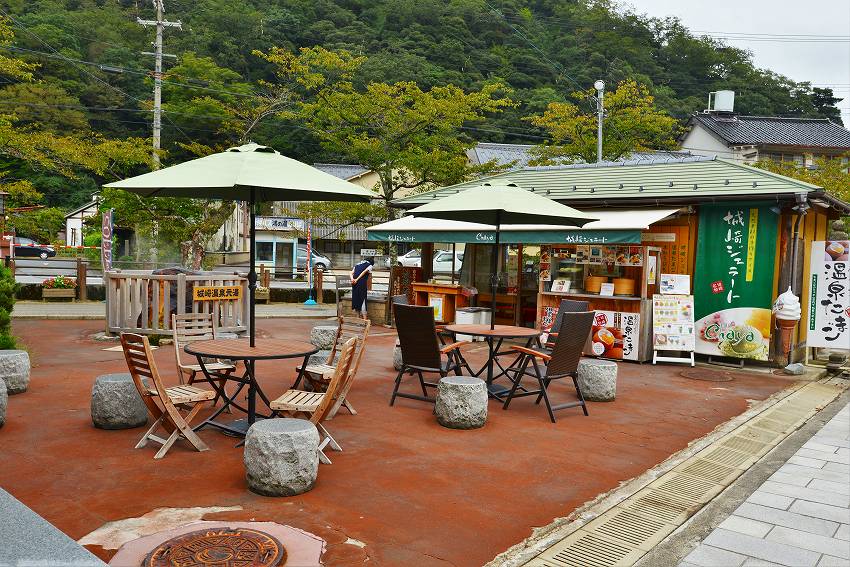
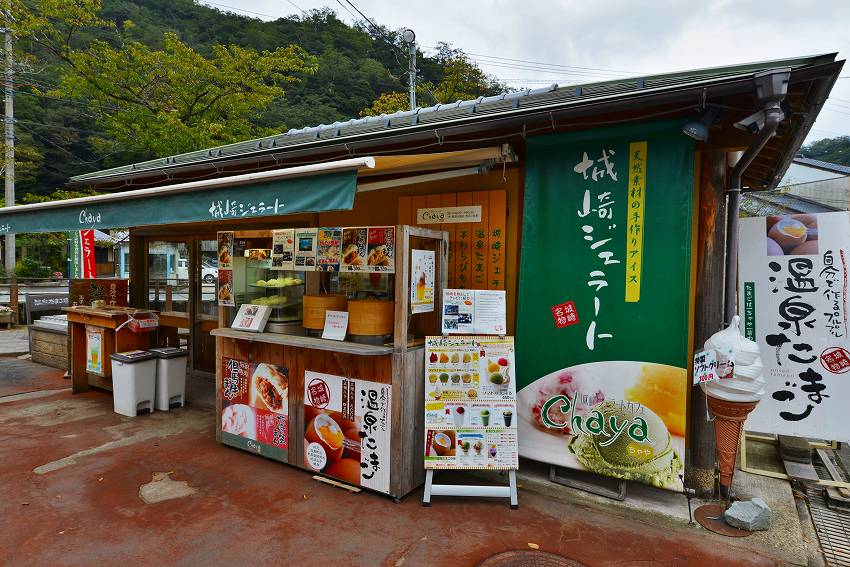
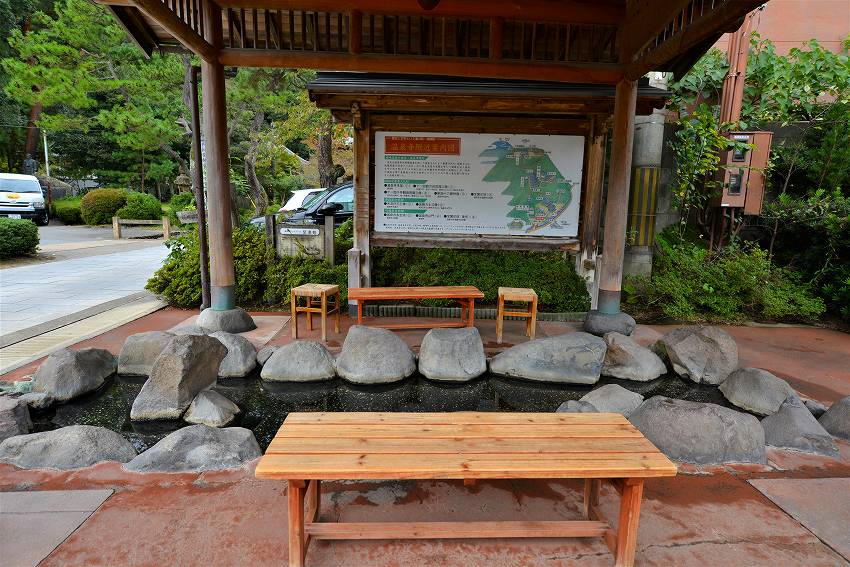
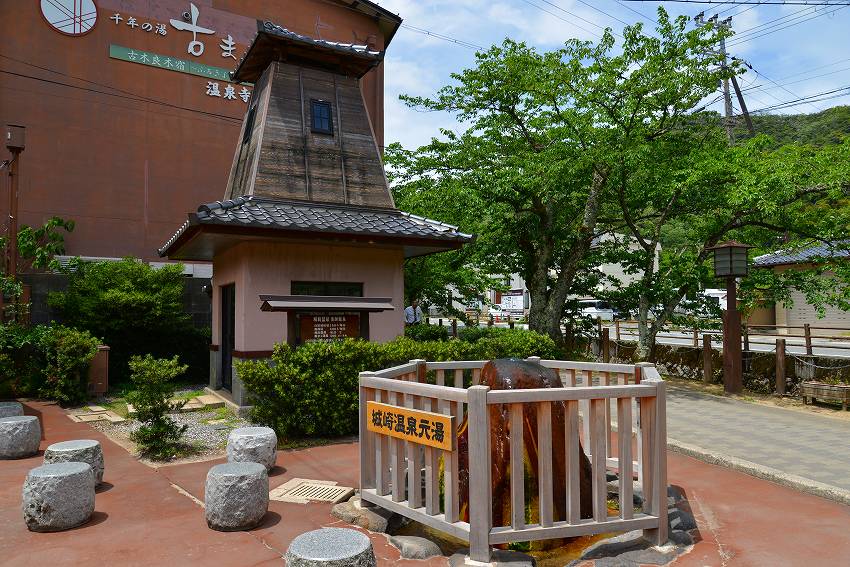


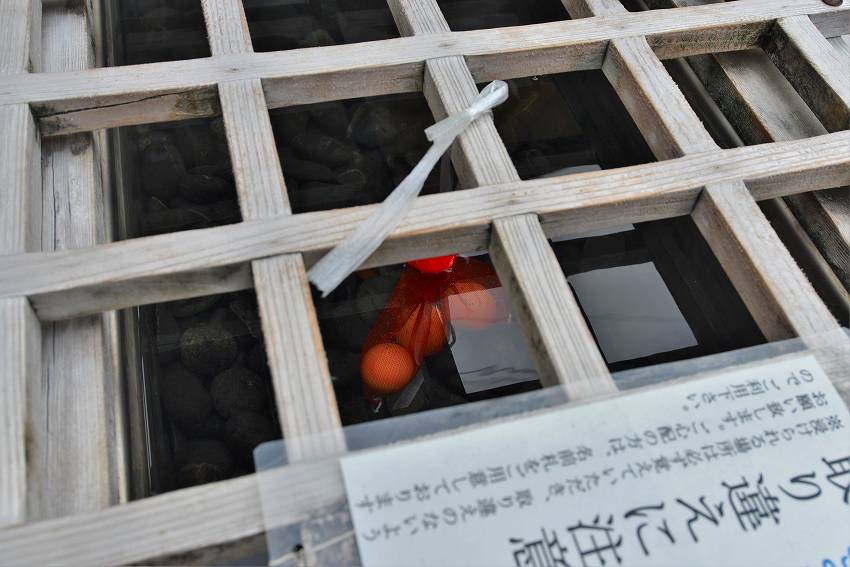

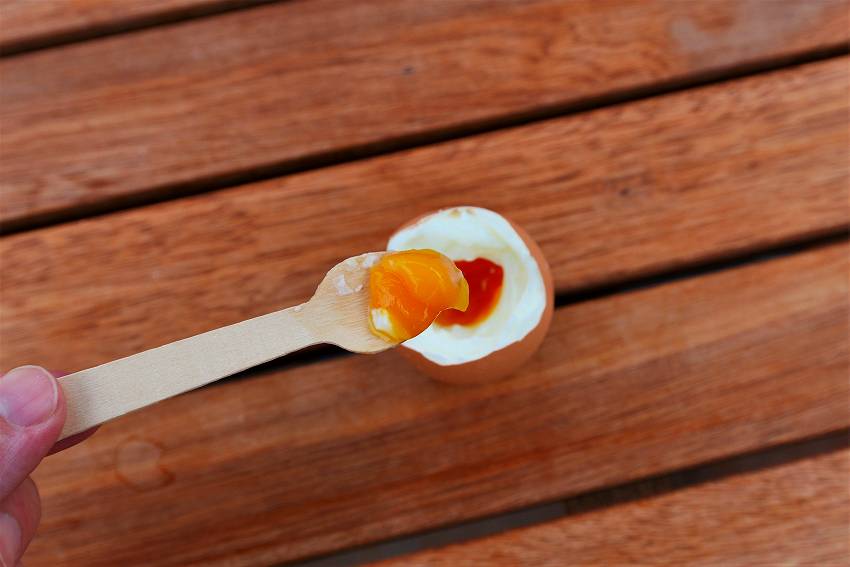
There is a small park “Yakushi Park Pocket Park ”in front of the Onsenji temple. The park has “Kinosaki Onsen Motoyu ”. The hot spring has been flowing out of the rock incessantly.
The footbath is near the Motoyu so that visitors who wants to take a rest can soak their foot there and refresh their selves for a while.
When visiting Onsen spot, you have to try to make an Onsen Tamago (soft boiled egg). You can buy a raw egg at “Chaya (Kinosaki Gelato Chaya)”inside the park.
The egg should be boiled around 10min in Onsen. It will be soon the delicious soft boiled egg.
Opening hours:
9 am to 5:30 pm
Getting there: a 15 minute walk from Kinosaki Onsen JR station
Kinosaki Onsen Cable Car
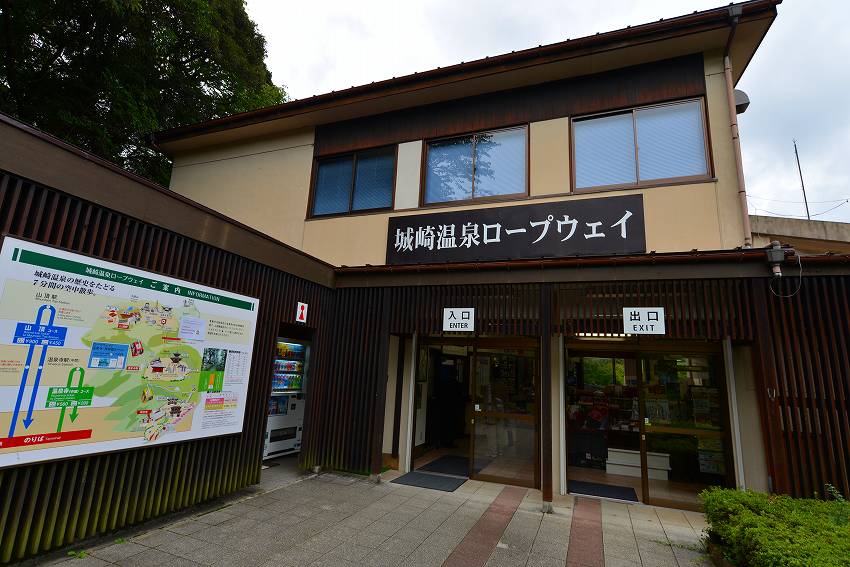
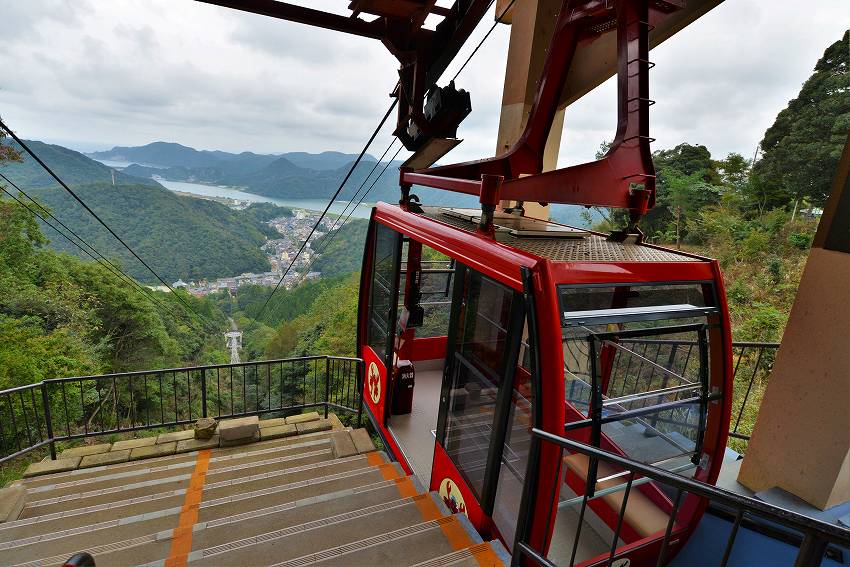
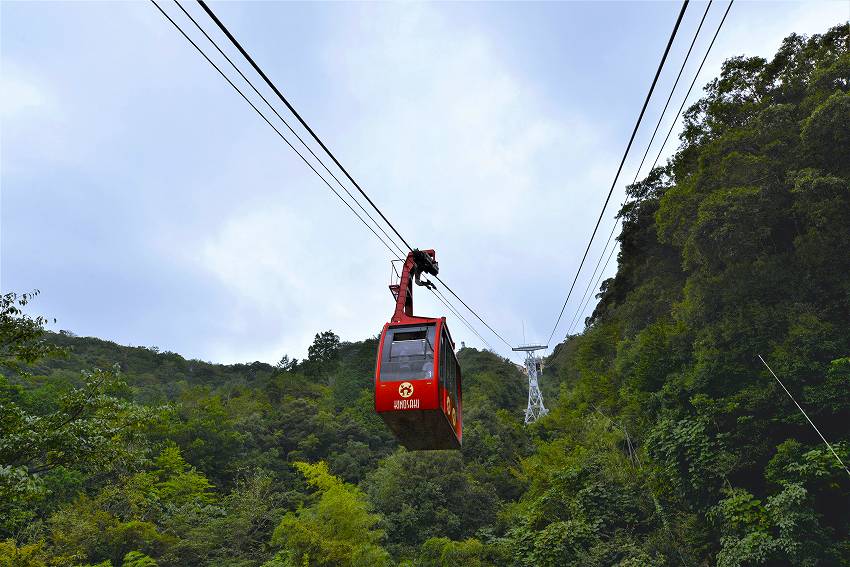
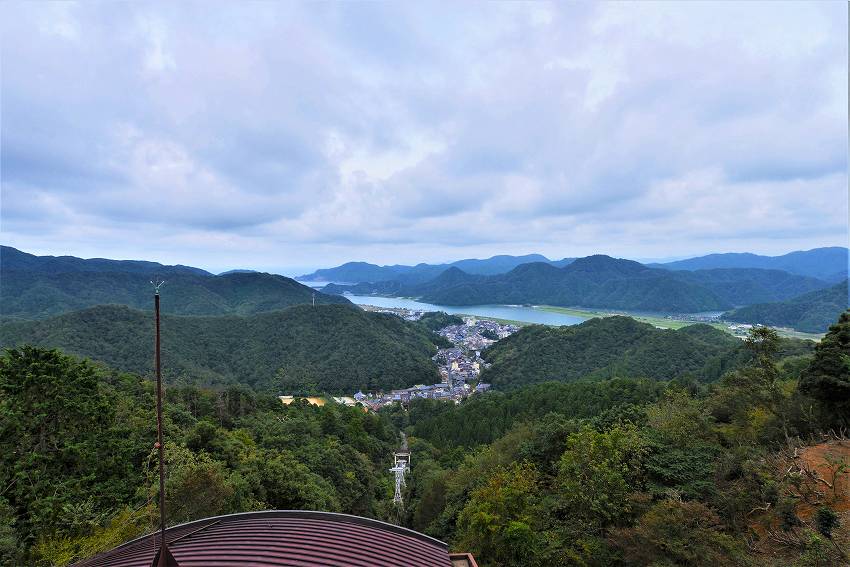
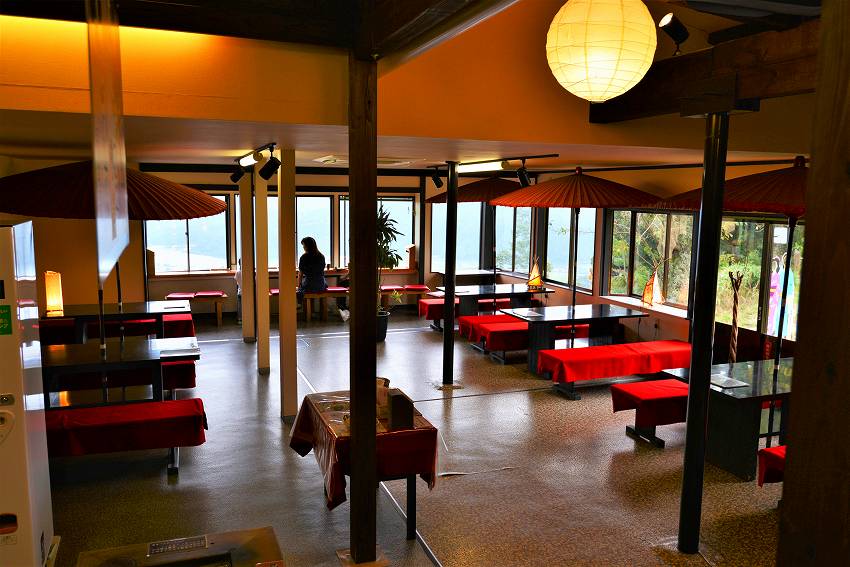
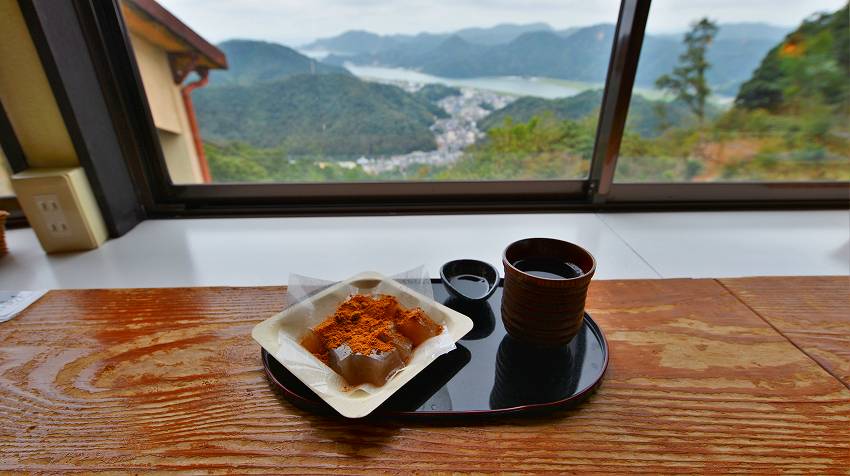
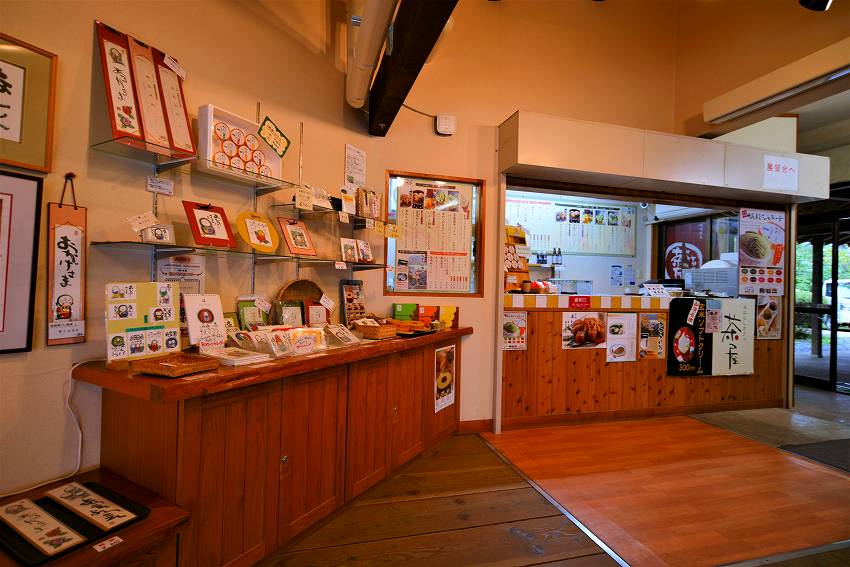
At the foot of Mount Daishi and close to Yakushi and Kodai Parks, taking the cable car is the best choice if you plan to visit the peak of Mt. Daishi or Onsen-ji temple. The cable car has two stops, which are the peak and Onsen-ji, located on the mountainside. If you wish to get to the peak first and ride down to the Main Hall and descend the hill on foot, a ride ticket costing 3/4 of the full ticket price is also available.
You will find three main tourist spots at the peak, which are the observatory tea house, the observatory and Okunoin. Right at the exit of the cable car stop, you will find a tea house and coffee shop where you can take a break and enjoy some desserts. Its window seats offer a panoramic view of the sites below. The observatory above the tea house will offer a spectacular view of the entire Kinosaki Onsen main street, the Maruyamagawa River and the Sea of Japan. On a clear day you can even see the Tango Peninsula from the observatory.
Opening hours: 9:10 am to 4:50 pm; closed for the second and fourth Thursday of the month
Getting there: 15 minutes on foot from Kinosaki Onsen JR station.
Onsen-ji temple and Kinosaki Museum
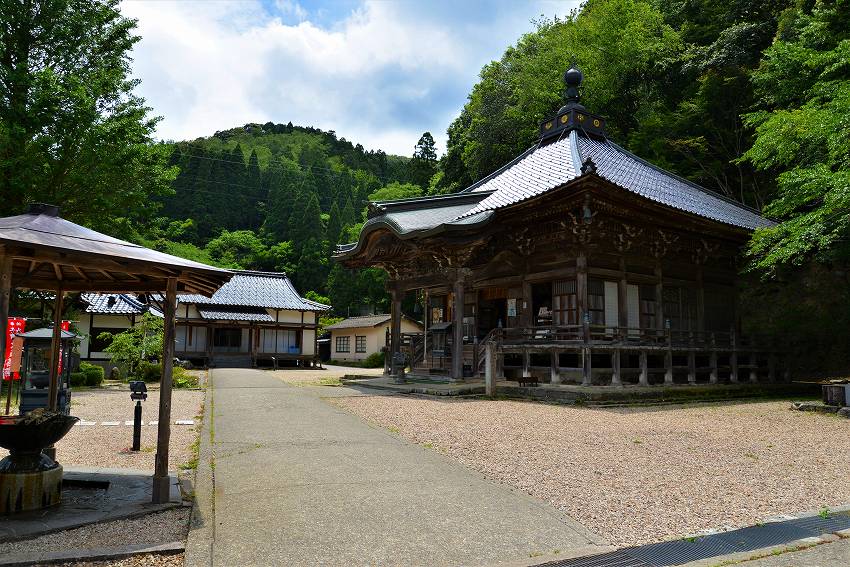
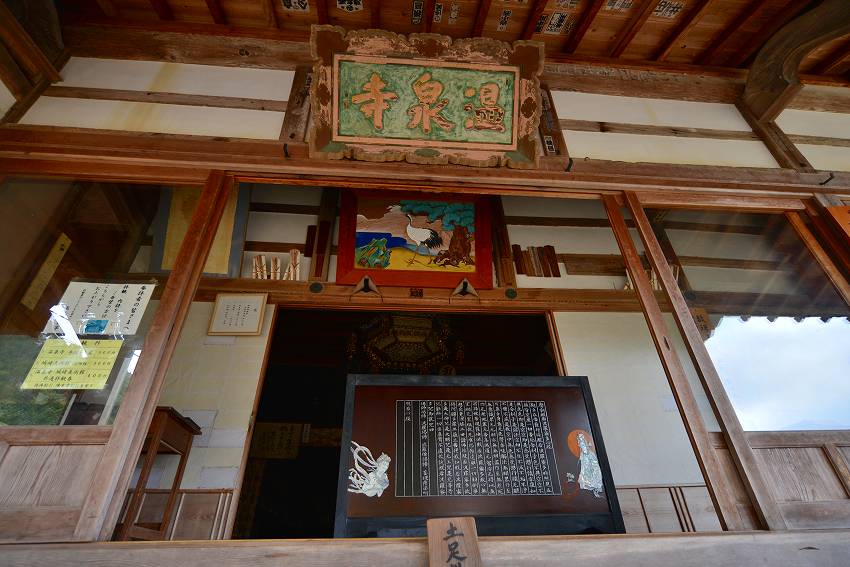
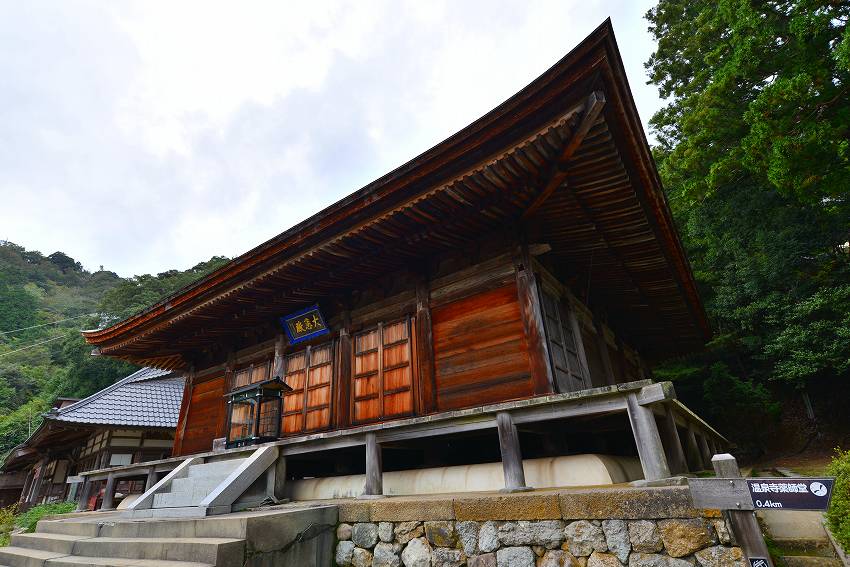
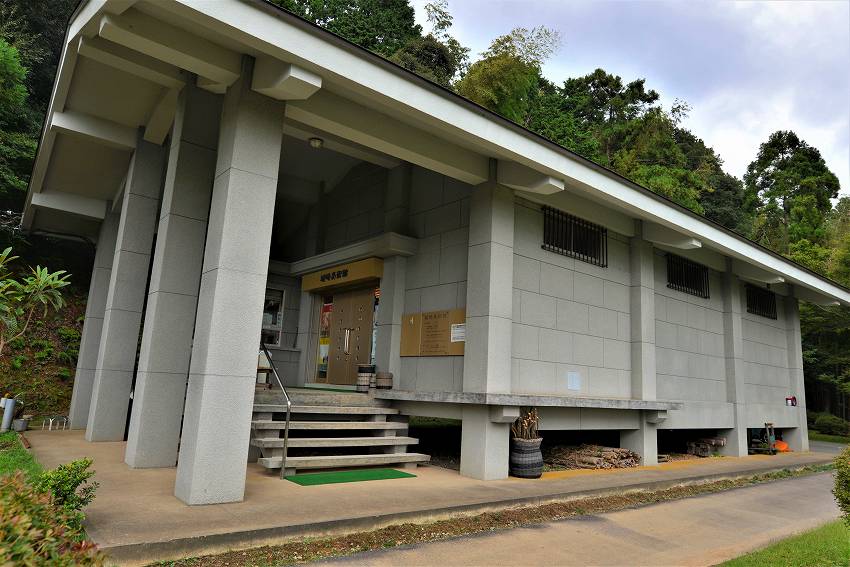
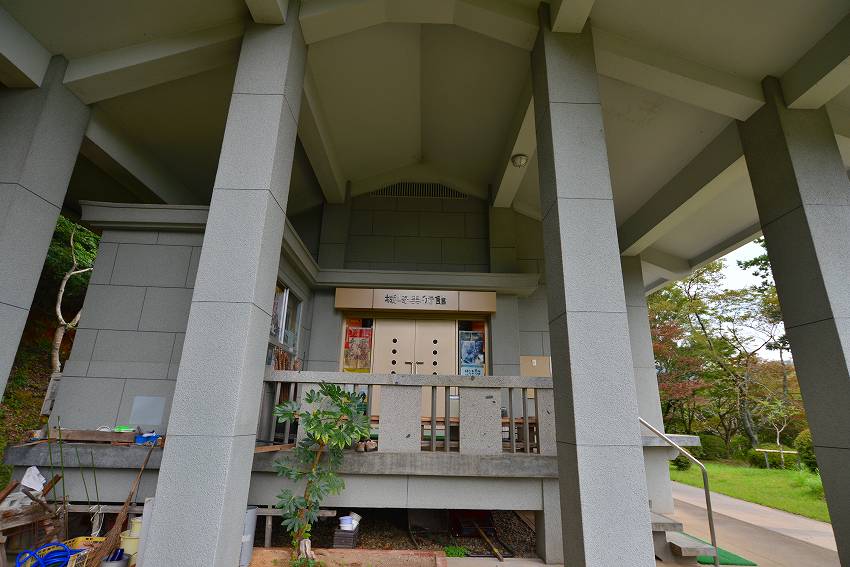
Founded and built by the monk Dochi Shonin in the year 738, this temple is house to the Kannon with Eleven Faces. It is an ancient temple which has overseen and protected the hot springs and the villages at the foot of the hill since ancient times. Onsen-ji covers a lot of ground and can be separated into the Medicinal Hall at the foot of the hill, the Main Hall on the mountainside and the Okunoin located atop the hill.
The Main Hall on the mountainside was built sometime in the late 14th century and is the oldest wooden construction in the Taijma area. Along with the Kannon statue, the site and the relic are now designated as national heritage. The ladle used in the ancient spa at Kinosaki Onsen can only be obtained here.
A stone’s throw away from Onsen-ji, one will find the Kinosaki Museum, a site dedicated to the preservation of relics and cultural works from Onsen-ji and the local area. The museum is not to be missed if you are visiting the Main Hall.
Opening hours: 9 am to 5 pm, closed on the second and fourth Thursday of every month
Getting there: Get off at Kinosaki Onsen JR station; walk for about 15 minutes and you can reach the Medicinal Hall. Walk for about 15 minutes on the main access avenue, or take the Kinosaki Onsen cable car and get off at Onsen-ji.


